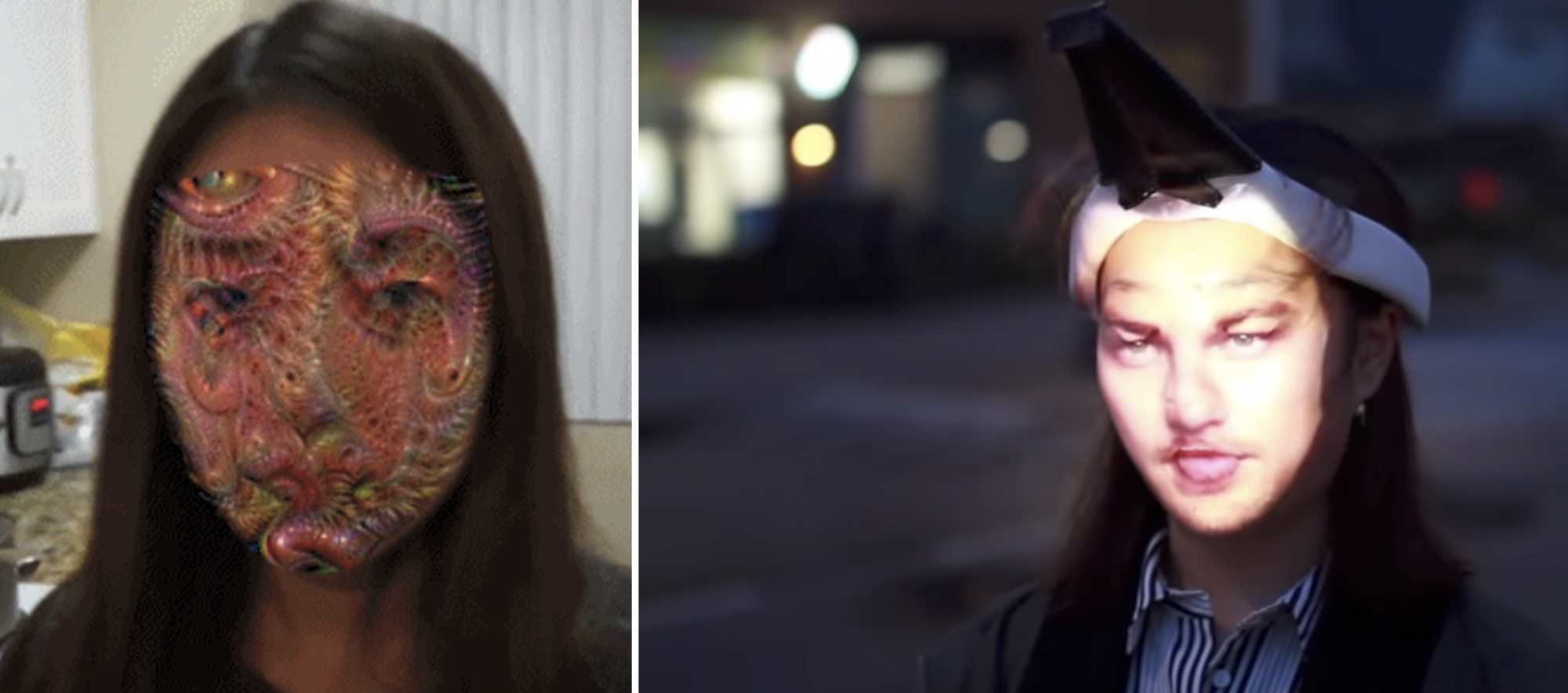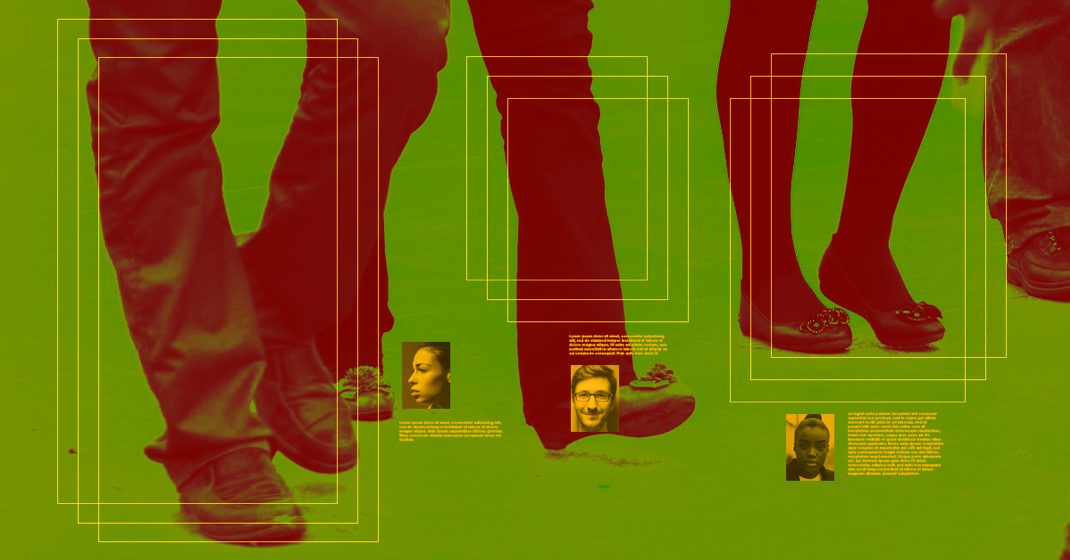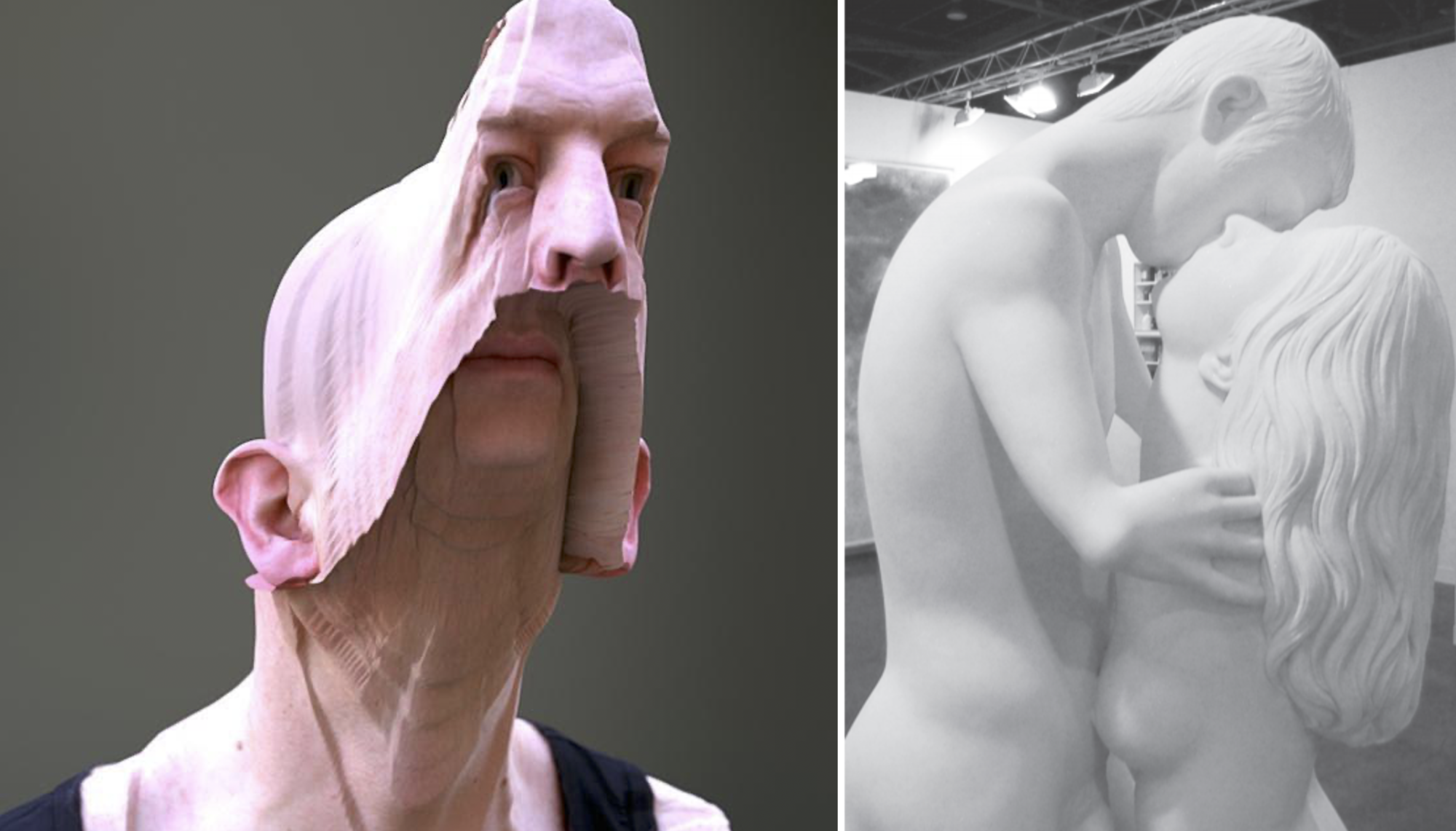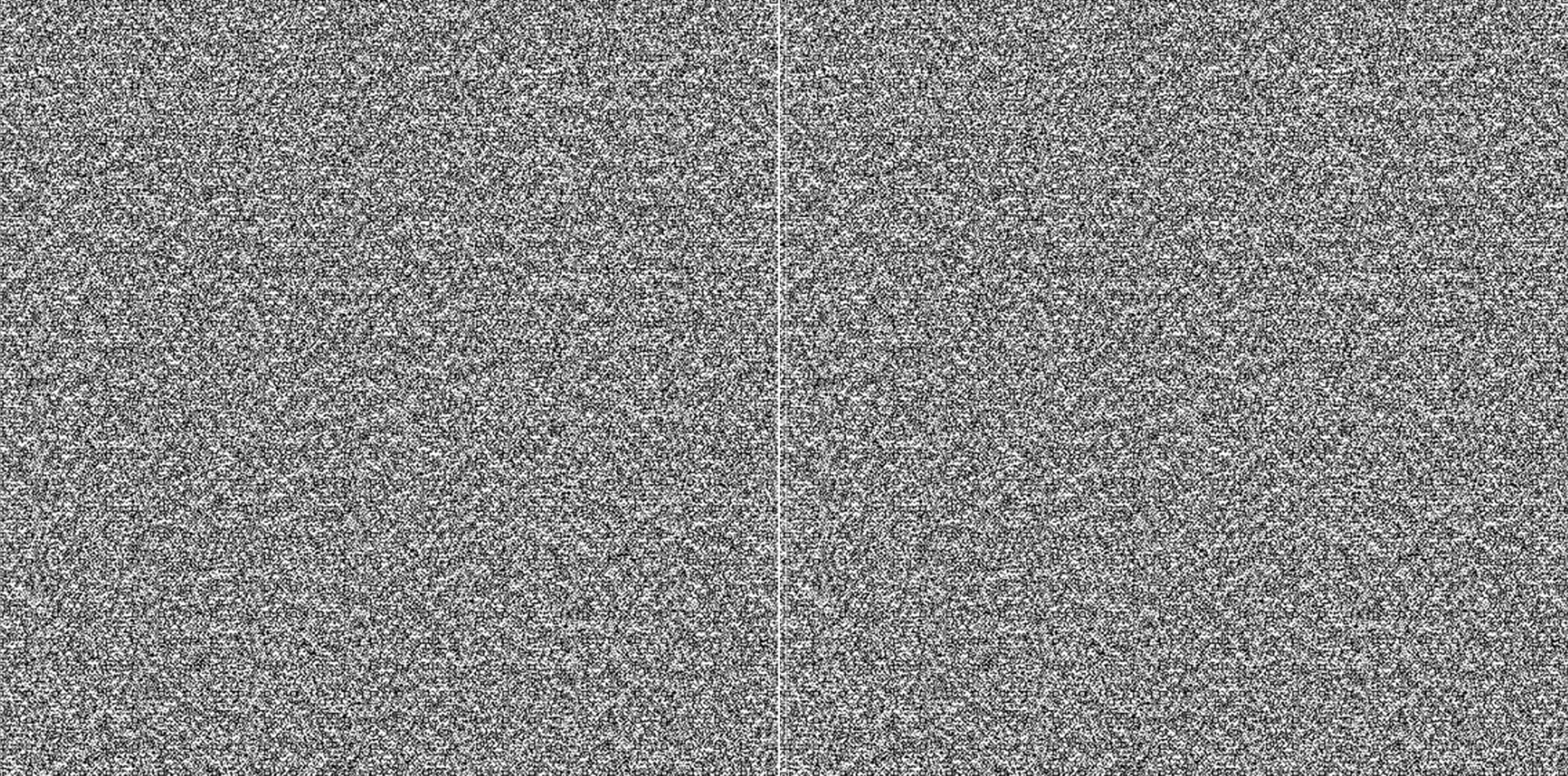Narasimha’s Loopholes: A Collective Speculation on Foaming Futures
Co-authored by Shafali Jain and Pallavi Paul, initiated by Isabel de Sena
It was in the final stages of “The Great Era of Mass Surveillance & Data Colonialism”[1] that the fierce avatar of Vishnu, the age-old Lord/ess Narasimha (Sanskrit: नरसिंह, literally “human-lion”) incarnated once again to destroy evil and end persecution and calamity on Earth.
At the time, it was said in desperation that the relentless power of data-extractivism —which by the 2030s had gone haywire in its violent abstraction of bodies and subjects at massive scales— was unconquerable.
But Narasimha was a savvy finder of the interstitial spaces that linger in the paranodes of set terms and either/ors.
For they had previously faced a similar trial in her confrontation with the demon Hiranyakashyap (depicted here lying on Narasimha’s lap), who was known and feared for being unkillable under all possible conditions —during day or night, inside or outside, and by human or non-human.
Unfazed however by the seeming impossibility of the demon’s defeat, Narasimha had creatively adapted into a chimeric avatar —neither human nor non-human— and killed the demon at the junction of day and night (at dawn), and between inside and outside (at a door ajar).
This is the story of a quest for loopholes, in which Narasimha conspired with a growing number of humans to seek the in-between spaces by which to escape identification, ownership, and control.
INCANTATION 1.
LOOPHOLE AS UTOPIA LOOPHOLE AS UTOPIA LOOPHOLE AS UTOPIA LOOPHOLE AS UTOPIA LOOPHOLE AS UTOPIA LOOPHOLE AS UTOPIA
Right: During the Hong Kong pro-democracy protests in 2019, protesters devised a face-covering hairstyle to defy the government’s controversial new ban on face masks. Image from video tutorial shared on Twitter by journalist Cherie Chan.
INCANTATION 2.
MIRRORS ARE INSIDE OUT MIRRORS ARE INSIDE OUT MIRRORS ARE INSIDE OUT MIRRORS ARE INSIDE OUT MIRRORS ARE INSIDE OUT
Gradually, almost unperceivably, their very boundaries began to disintegrate, or at least, so it was for what they once thought marked a border between their ins and outs.
Motions and dance forms emerged to evade gait-recognition systems, gradually becoming common ways of standing, sitting and moving through public space.
The words of Watrix CEO Huang Yongzhen (famous for solving the “no-face-in-view” problem), claiming that “Gait analysis can’t be fooled by simply limping, walking with splayed feet, or hunching over, because we’re analyzing all the features of an entire body”, were remembered in amusement and celebration.
For here too a loophole had been found, with the algorithmic identifier “entire body” breaking down in the system’s encounter with fragmented, propagative or collective bodies.
The age-old riddle of the Sphinx became popular again, as a tale of pre-posthumanity – a way of remembering, with a sense of affectionate mockery, their ancestor’s limited inventiveness and patriarchy-induced imaginative drought:
The Sphinx would ask: “Which creature goes on four feet in the morning, two at noonday, and three in the evening?”
Pre-posthumans would answer: “Man: since a man crawls on four feet when he is very young, walks on two feet in the middle of his life, and walks with a cane near the end of his life”
Humans turned to nature to find different ways of interfacing and finding loopholes, resulting in hybrid chimeras.
By the mid-2050s, a sudden upsurge in morphological mutability led to an explosion of biodiversity…
INCANTATION 3.
ALL LIFE WAS ONCE CONTAGION ALL LIFE WAS ONCE CONTAGION ALL LIFE WAS ONCE CONTAGION ALL LIFE WAS ONCE CONTAGION
INCANTATION 4.
NATURE HAS NOT YET ABANDONED US NATURE HAS NOT YET ABANDONED US NATURE HAS NOT YET ABANDONED US NATURE HAS NOT YET ABANDONED US
INCANTATION 5.
NEW MOMENTS PRESENT NEW WITNESSES NEW MOMENTS PRESENT NEW WITNESSES NEW MOMENTS PRESENT NEW WITNESSES
”The Orthographic Turn” (Te Urewera Collective [ed.], 2050) marks the moment when the exponential accumulation of transformations in the basic graphemes comprising language (in all senses, from verbal and visual to code and music) —as a result of the paradigmatic shifts (since the 2030s) that redefined what it meant to be, know and act— was considered so great that a new era began, and the end of the “Man-is-the-Measure-of-All-Things Age” was declared.
INCANTATION 6.
THE INVISIBLE HAVE DISAPPEARED
THE INVISIBLE HAVE DISAPPEARED
THE INVISIBLE HAVE DISAPPEARED
THE INVISIBLE HAVE DISAPPEARED
Copyright Disclaimer: Every effort has been made to trace the copyright holders and obtain permission to reproduce the image material in this essay. With any enquiries relating to licensing and copyright, please contact newalphabet@hkw.de
[1] The earliest historical record of this designation appears in 2067, i.e. after the end of the so-called “Man-is-the-Measure-of-All-Things Age” (beginning with Protagoras’ writings in the 5th century BC and ending roughly in 2050).











